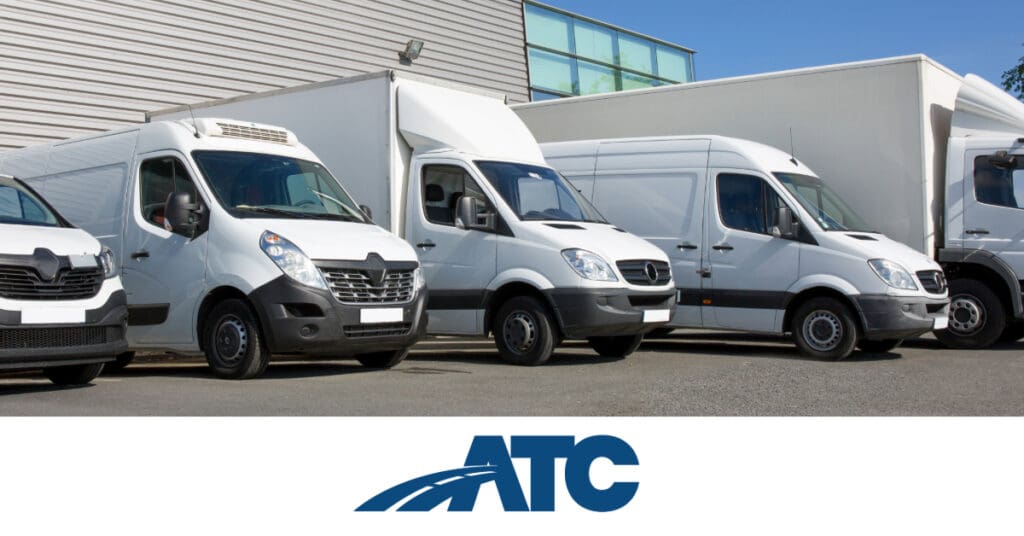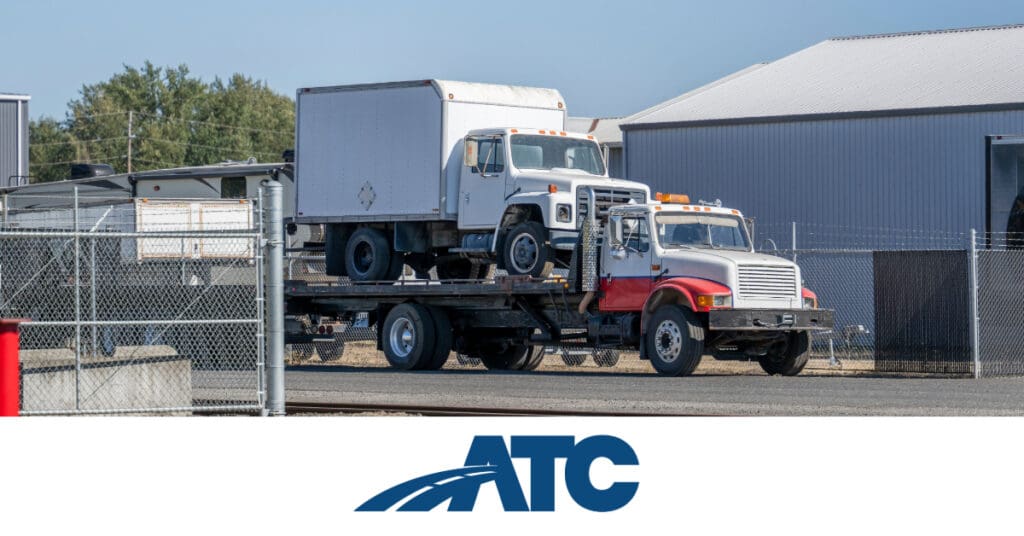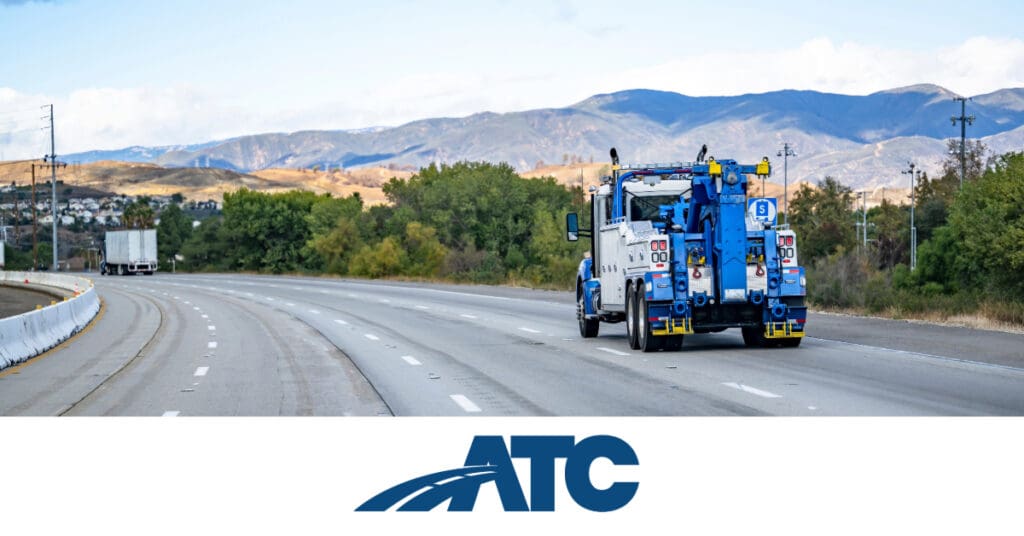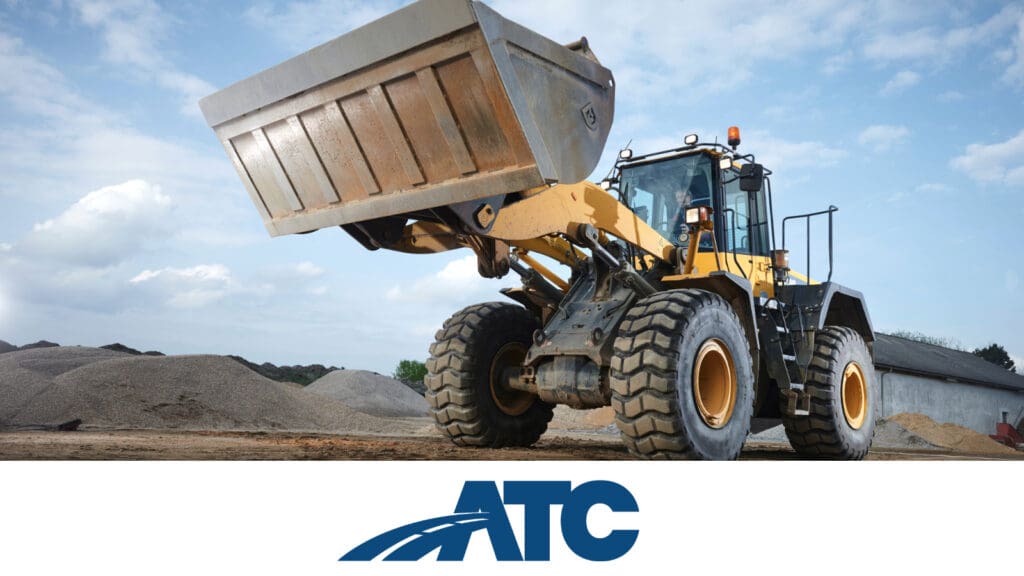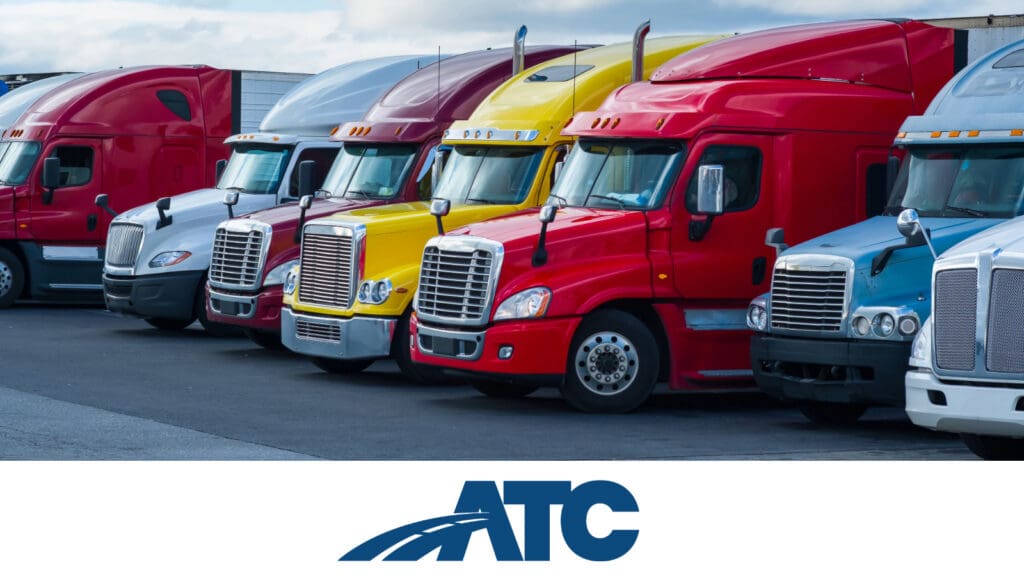Moving your food truck to a new location involves unique challenges. How do you ensure the safety of your mobile kitchen and all its contents during transport? The key lies in partnering with a transportation expert who understands the specific needs of moving a concession truck.
ATC specializes in commercial vehicle transport, offering the expertise and services required to move your food truck safely and efficiently. Here are 5 essential tips for a successful food truck move, aligning with our commitment to providing seamless transport solutions.
1. Prepare Your Truck for Transport
To ensure your food truck is ready for transport, consider the following preparation steps:
- Check and secure all items inside the truck that could move or shift.
- Make sure all built-in equipment is tightly secured.
- Ensure gas, water, and electrical systems are safely disconnected.
- Use protective coverings for glass and other breakable items.
- Take photos of your food truck’s condition for reference.
Now, to avoid corrosion, mold, or mildew, particularly when moving a food truck, make sure to:
- Place desiccant silica gel inside your food truck to absorb moisture.
- Use moisture barrier bags or shrink wrap for sensitive equipment.
- Consider climate-controlled transport options for extreme conditions.
2. Choose the Right Transport Partner
When selecting a partner to move your food truck, prioritize a company with expertise in handling commercial vehicles. A provider with a tailored approach can offer solutions that fit the specific needs of your mobile business, from route planning to obtaining necessary permits.
Before hiring a transport company, consider these aspects:
- Verify their track record with food trucks or commercial vehicles.
- Ensure they adhere to heavy machinery transportation regulations.
- Read feedback from previous clients to gauge satisfaction and punctuality.
3. Obtain Necessary Permits
Oversize/overweight load vehicle permits are often required to ship or move food trucks. These permits are essential for vehicles that exceed standard legal dimensions or weight limits on highways. The specific permits needed can vary by state and roadway. State Departments of Transportation (DOTs) or local highway authorities generally issue these permits.
A proficient transport partner will oversee the process, guaranteeing that all required permits are secured in compliance with local and national regulations, avoiding delays and legal complications during transport. For an efficient delivery of your food truck or commercial vehicle, contact ATC today.
4. Plan Your Route Carefully
Working closely with your transport provider to map out the most efficient route to move your food truck is crucial. These are some key points to consider for route planning:
- Avoid peak traffic times in urban areas to reduce travel time.
- Understand and comply with area-specific regulations.
- Plan around adverse weather conditions.
- Identify rest stops for long journeys to maintain safety and efficiency.
5. Insure Your Food Truck
Your insurance coverage should include cargo insurance for the vehicle and contents, liability insurance to cover damages to third parties, and possibly additional coverage depending on the value of your truck and equipment. US regulations require minimum liability insurance for commercial vehicles, but the specifics can vary by state.
Consult with transport experts to ensure you have adequate coverage based on your route, the value of your food truck, and common industry practices to safeguard your investment throughout the move.
How to Ensure a Seamless Concession Truck Delivery?
Partner with ATC to move your food truck anywhere with confidence. Our experienced team is ready to provide a smooth, hassle-free transport experience, ensuring your food truck is ready to serve at its new location. Contact us today to learn more about our food truck transport services and get your custom quote.






